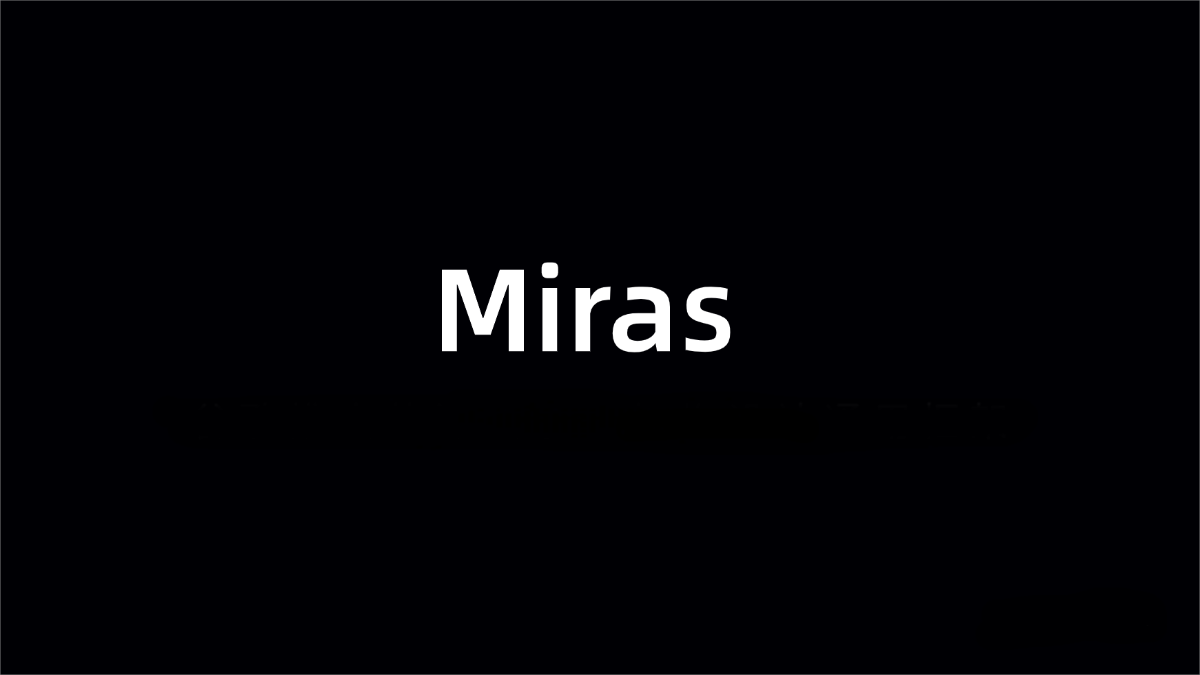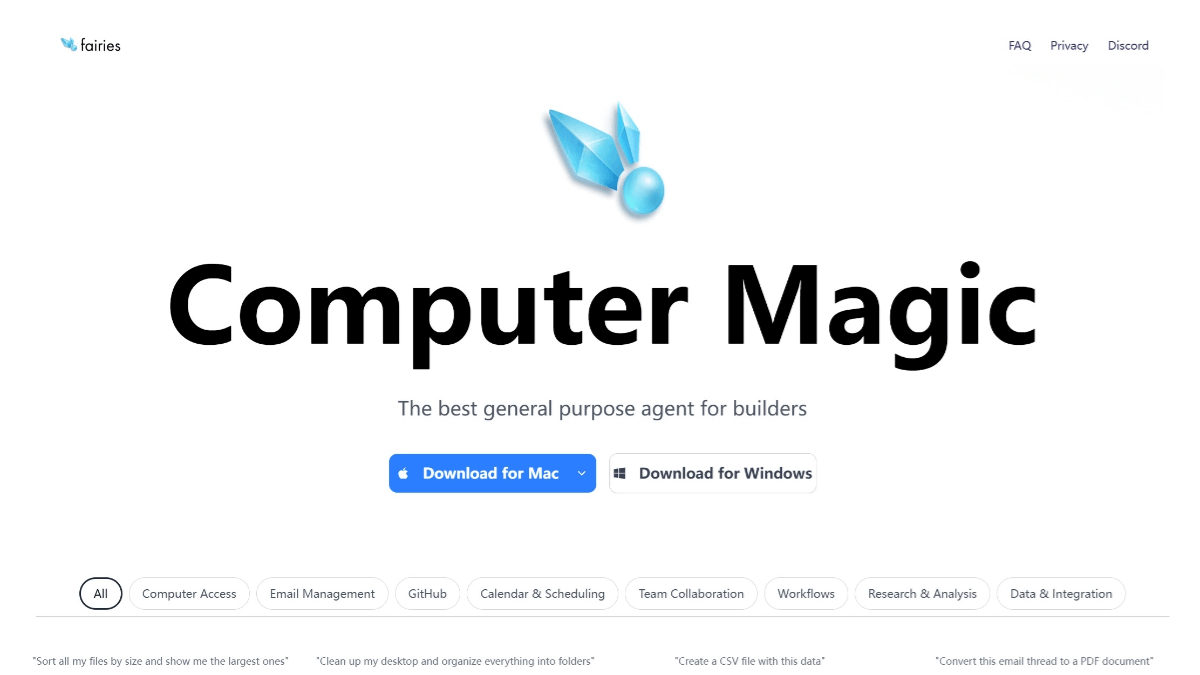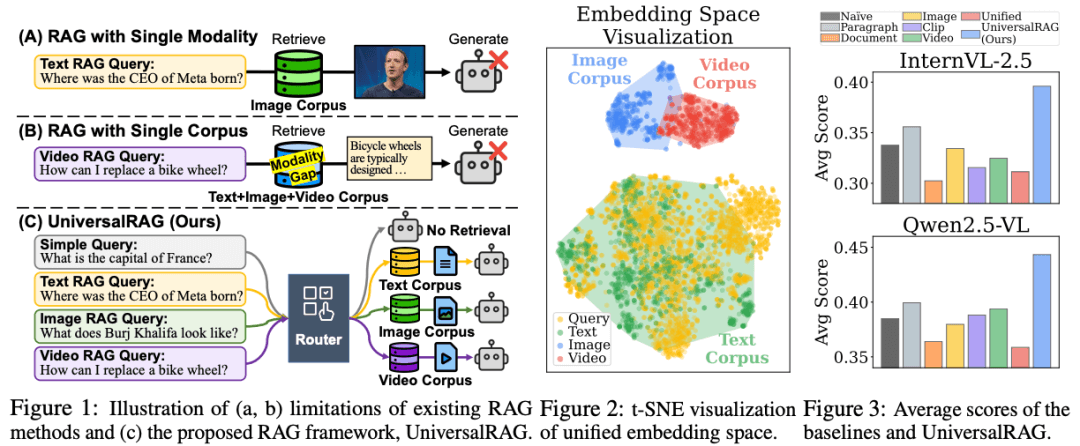What is HistAgent?
HistAgent is an AI assistant system designed specifically for historical research, jointly developed by the Princeton University AI Lab and the Department of History at Fudan University. It addresses key challenges in historical studies such as multimodal data processing, cross-lingual analysis, and complex reasoning. HistAgent can handle a wide variety of historical materials—including manuscripts, images, audio, video, inscriptions, and text—and supports 29 ancient and modern languages. It covers content from various historical periods and regions across the globe. On HistBench, a benchmark specially developed for historical reasoning, HistAgent significantly outperforms general-purpose large language models and other AI agents.
HistBench is the world’s first benchmark dedicated to evaluating AI’s capabilities in historical research, co-developed by the Princeton University AI Lab and Fudan University’s Department of History. It fills a major gap in humanities-focused AI evaluation and advances systematic testing and capability development in AI for the field of history.

Core Features of HistAgent
-
Multimodal Data Processing:
HistAgent can process a wide range of historical materials such as manuscripts, images, maps, audio, and video. Its OCR module can recognize handwritten documents and inscriptions, supports reverse image search and artifact recognition, and handles historical speeches and interview recordings. -
Multilingual Support:
HistAgent supports 29 ancient and modern languages, including classical and low-resource languages. It can not only translate literal meanings but also optimize translations based on historical context. -
Literature Retrieval and Document Parsing:
Supports multi-step web search and webpage parsing, enabling access to academic websites and historical sources. HistAgent can parse files in PDF, DOCX, XLSX, PPTX, and other formats. -
Historical Reasoning and Information Integration:
HistAgent incorporates historical knowledge to assist in reasoning, helping researchers trace clues, integrate information, and form scholarly judgments. It uses a central coordination module (Manager Agent) to intelligently manage submodules, calling appropriate tools based on task requirements and integrating multimodal outputs to produce academically sound answers. -
Multi-Agent Collaboration:
HistAgent is a multi-agent collaborative system composed of various submodules. It simulates the research workflow of historians by breaking down complex tasks into subtasks and assigning them to the most suitable tools or agents.
Technical Principles of HistAgent
-
Multi-Agent Architecture:
HistAgent adopts a multi-agent system design, decomposing complex tasks into multiple subtasks assigned to specialized agents (e.g., for image recognition, translation, literature retrieval). This enables efficient processing and integration of diverse historical data types. -
Task Planning and Execution:
User queries are broken down into subtasks, each executed by a corresponding agent. Results are verified, and the system replans if outputs are unsatisfactory or errors are detected. -
Multi-Perspective Analysis and Collaboration:
The architecture allows agents to approach problems from different perspectives, reducing reliance on long prompts or memory. -
Multimodal Processing Technologies:
HistAgent processes various modalities—text, images, audio, video—by converting them into a unified semantic representation for analysis and reasoning. -
Visual Processing:
Uses computer vision models (e.g., YOLOv8) to process images and video, extract key information, and convert it into structured descriptions, which are then incorporated into the language model context. -
Speech Processing:
Utilizes automatic speech recognition (ASR) technologies (e.g., Whisper) to convert audio into text, processes the content with language models, and outputs results via text-to-speech (TTS) synthesis. -
Knowledge Augmentation and Reasoning:
To enhance reasoning accuracy and reliability, HistAgent applies knowledge-augmented techniques. It stores documents in vectorized form (e.g., using ChromaDB), enabling real-time retrieval and contextual injection of relevant knowledge to reduce hallucinations and improve factual correctness. -
Tool Invocation and Extensibility:
HistAgent dynamically invokes external tools and plugins via a tool-calling module. Depending on task needs, it can call specific APIs (e.g., for literature search or file parsing), enhancing flexibility and allowing developers to extend functionality via new plugins. -
Memory System:
HistAgent uses a hybrid memory architecture. Short-term memory stores current task context, while long-term memory stores important historical information in a vector database (e.g., ChromaDB).
Project Links for HistAgent
-
GitHub Repository: https://github.com/CharlesQ9/HistAgent
-
arXiv Technical Paper: https://arxiv.org/pdf/2505.20246
Use Cases of HistAgent
-
Literature Retrieval and Analysis:
Performs multi-step web search and page parsing to retrieve historical and academic materials, providing authoritative background and evidence. -
Image and Artifact Recognition:
Enables reverse image search and cultural artifact identification, helping to trace origins and supplement background information. -
Historical Reasoning and Clue Integration:
Supports historical reasoning by integrating relevant knowledge, assisting researchers in organizing clues and making academic judgments. -
Educational Support:
Provides rich historical materials and case studies for educators, enhancing lesson design and teaching effectiveness. -
Cultural Heritage Preservation:
Uses image recognition and OCR technologies to support the preservation and study of ancient texts, inscriptions, and other cultural artifacts.
Key Features of HistBench
-
High-Quality Question Bank:
HistBench includes 414 high-quality history questions written by scholars, covering levels from basic source reading to interdisciplinary analysis. -
Multilingual and Multimodal Coverage:
Supports 29 languages and various historical source types (manuscripts, images, audio/video, artifacts), simulating real historical research contexts. -
Graded Difficulty Levels:
-
Level 1 (Basic): 166 questions by research assistants focusing on basic information retrieval.
-
Level 2 (Intermediate): 172 questions by graduate students involving moderate difficulty in material handling and reasoning.
-
Level 3 (Challenging): 76 questions by senior scholars, requiring skills in rare/dead languages, multimodal data processing, and interdisciplinary analysis.
-
-
Broad Historical Domain Coverage:
Encompasses over 20 historical regions and 36 subfields, including Classical Studies, Global History, New Cultural History, Art History, Environmental History, and the History of Science, Technology, and Medicine.




